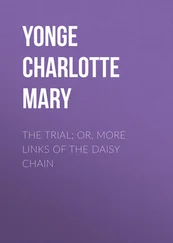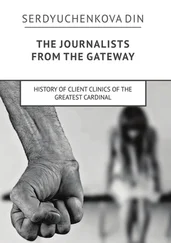The interrogations were recorded as they took place, and it is that of Mercklin, questioned after both his brothers had given in, which is the most haunting. He began defiantly, asking why he had to say anything at all if his interrogators already knew him to be guilty. They explained that they wanted to hear the truth from his mouth. Torture soon broke him, but after he confessed he was asked why he and his brothers had drained their victims’ blood. It was a question too far. He had no idea what his tormentors wanted him to say, and the desperation in his voice, as he trawled through their prejudices while the strappado was hoisted and released, echoes down the centuries.
To that he answered in many words, saying at first that Jews need Christian blood because it has great healing power. We would not be satisfied with this answer and told him that he was lying, that we knew why they need it because his brother Eberlin had told us already. To this Mercklin said that Jews need Christian blood for curing epilepsy. But we…would not be satisfied with the answer. Mercklin then said further that Jews need Christian blood for its taste because they themselves stink. But we would not be satisfied with the answer and told him that he was lying, and must tell us the truth, because his brother Eberlin told us a different story; now he must also tell us the truth. To this he answered badly that he wanted to tell us the truth, that he saw it cannot be otherwise…but that Jews need Christian blood [as a holy oil] for circumcision.
It was, at last, the answer that the magistrates wanted and, as was routine for capital offenders in early modern Germany, the brothers were stripped, wrapped in cowhides, dragged to the stake by their ankles, and burned alive.
The punishment was – in extremely relative terms – a mild one. A magistrate elsewhere in Germany might have compounded the humiliation by binding them in pigskin. If they had been thieves, they might have been made to wear hats filled with hot pitch before being hanged. One of the most unpleasant penalties was the one recorded in the adjoining woodcut – involving suspension by the heels between two hungry dogs. But even if the inquisitors of Endingen were not quite as brutal as they might have been, the process that had preceded the penalty was certainly inventive. For it did not so much reaffirm an existing superstition as conjure one into existence. Mercklin’s first answers had regurgitated myths that were common by the 1470s. The notion that human blood could cure epilepsy was so widely held that Germans, regardless of religious belief, would line up to drink thimblefuls of it at public beheadings – until well into the 1800s. The foetor judaicus had been troubling Christian nostrils for centuries, and Freiburg’s councillors had cited Jews’ murderous personal hygiene problems as a reason to expel them as far back as 1401. Mercklin’s final explanation seems, however, to have appeared in writing for the very first time at Endingen.
Quite where it came from is unknown. The focus on foreskins might conceivably have been inspired by Catherine of Siena, recently canonized on the strength of a dream that Christ had given her one, by way of a ring of flesh to wear on her finger. * Psychohistorians have, as might be imagined, come up with considerably more involved theories. But whatever the myth’s source, it would endure. The brothers’ confessions were quickly transmitted to other towns along the Rhine, and a link between circumcision and bloodlust very soon became part of the canon of German Judaeophobia. Within a month, four Jewish men in nearby Pforzheim were executed after confessing that they too had killed for the sake of their penises, and similar admissions were obtained six years later by inquisitors in Baden. An unknown writer then re-scripted the narratives into the Endinger Judenspiel , arguably the first trial dramatization of modern European history, which became wildly popular during the seventeenth century and would pack German auditoriums well into the nineteenth. Endingen, meanwhile, celebrated its victory over the eternal Jew by encasing the headless children in a glass cabinet in the town church, until one of its priests decided that their display was a source of shame rather than pride. He reached his conclusion in 1967.
The confidence in rationality that had swept across Europe during the eleventh and twelfth centuries had taken continental jurisprudence a long way. Reason had proved capable of bolstering the most visceral fears and building the most bloodthirsty conclusions. Inspired by a belief that justice was a matter of extracting answers to the right questions, lawyers had developed rules capable of condemning beggars as werewolves. In order to protect Christian children, Jewish prisoners had been identified as vampires. The law’s sturdiest logic could produce the purest fantasy – as was never more apparent than in the context of inquisitorial rules of proof.
The first systematic works on the question of evidence, written by lawyers from northern Italy during the fifteenth and sixteenth centuries, had warned judges that torture was permissible only if circumstantial evidence reached a certain threshold, characterized as a ‘half-proof’ or a ‘proximate indication’. The safeguard, always optimistic, very soon became illusory – because judges, rather than dispense with torture, simply expanded the range of half-proofs. By the 1590s, for example, a suspected thief could be tortured in most parts of Europe if he or she had been spending more than usual. Suspected witches could be tortured in early-seventeenth-century France if they avoided the gaze of their judge. And the rules about half-proofs were complemented by the notion of the ‘perfect proof’, whereby circumstantial evidence, when topped up by a confession, positively required a judge to convict. The logic was elaborate, but the effect was simple: arrest virtually guaranteed torture, which virtually guaranteed conviction.
The diversity of German law meant that its procedures became particularly convoluted. The region’s princes notionally owed loyalty to a ruler whom they elected, and during the sixteenth century a law was enacted by Emperor Charles V that sought to minimize arbitrariness by establishing ground rules that would apply in every German state. The 1532 code, known as the Carolina, permitted each one to maintain its customary laws however, and it aimed only at ensuring that there were ‘legally sufficient’ grounds for torture – with the consequence that it spread inquisitorial lunacies as much as it suppressed them. It advised judges, for example, that torture was permissible if a suspect was ‘insolent and wanton’, or in possession of an item similar to something found at the crime scene. Inquisitors soon got the point, and began developing rules of their own. By the seventeenth century, an unnatural pallor was sufficient to justify torture for several crimes in Frankfurt-am-Main. Suspected adulterers were imperilled simply by being found in an attractive woman’s house – unless the culprit was a cleric, in which case he could be caught in a clinch and the court would presume that he had been ministering to her spiritual needs.
The code also advised inquisitors to seek confessions even where eyewitness testimony and circumstantial evidence were already overwhelming. Prisoners who withdrew admissions on the scaffold might therefore be rushed back to the rack, on the theory that a miscarriage of justice would otherwise ensue. And although the Carolina had been based on a Bamberg statute that pronounced it ‘better to acquit a guilty person than to condemn an innocent one to death’, at least some lawyers took a very different view. Fynes Moryson, an Englishman touring Europe in the late sixteenth century, reported that he had met several who justified deaths through torture with ‘a strange, yet good, saying…namely that it is better one innocent man should dye by triall, then many [guilty] persons should escape for want of [it]’.
Читать дальше
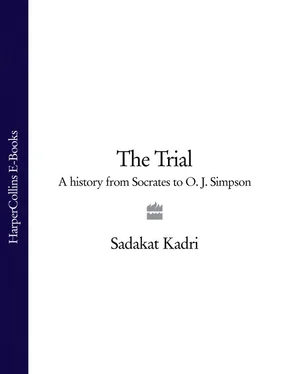
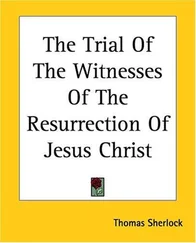
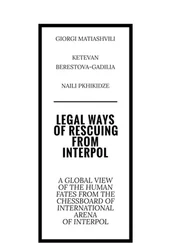
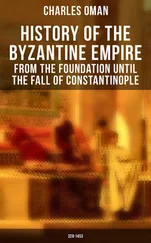
![Theresa Cheung - The Dream Dictionary from A to Z [Revised edition] - The Ultimate A–Z to Interpret the Secrets of Your Dreams](/books/692092/theresa-cheung-the-dream-dictionary-from-a-to-z-r-thumb.webp)





